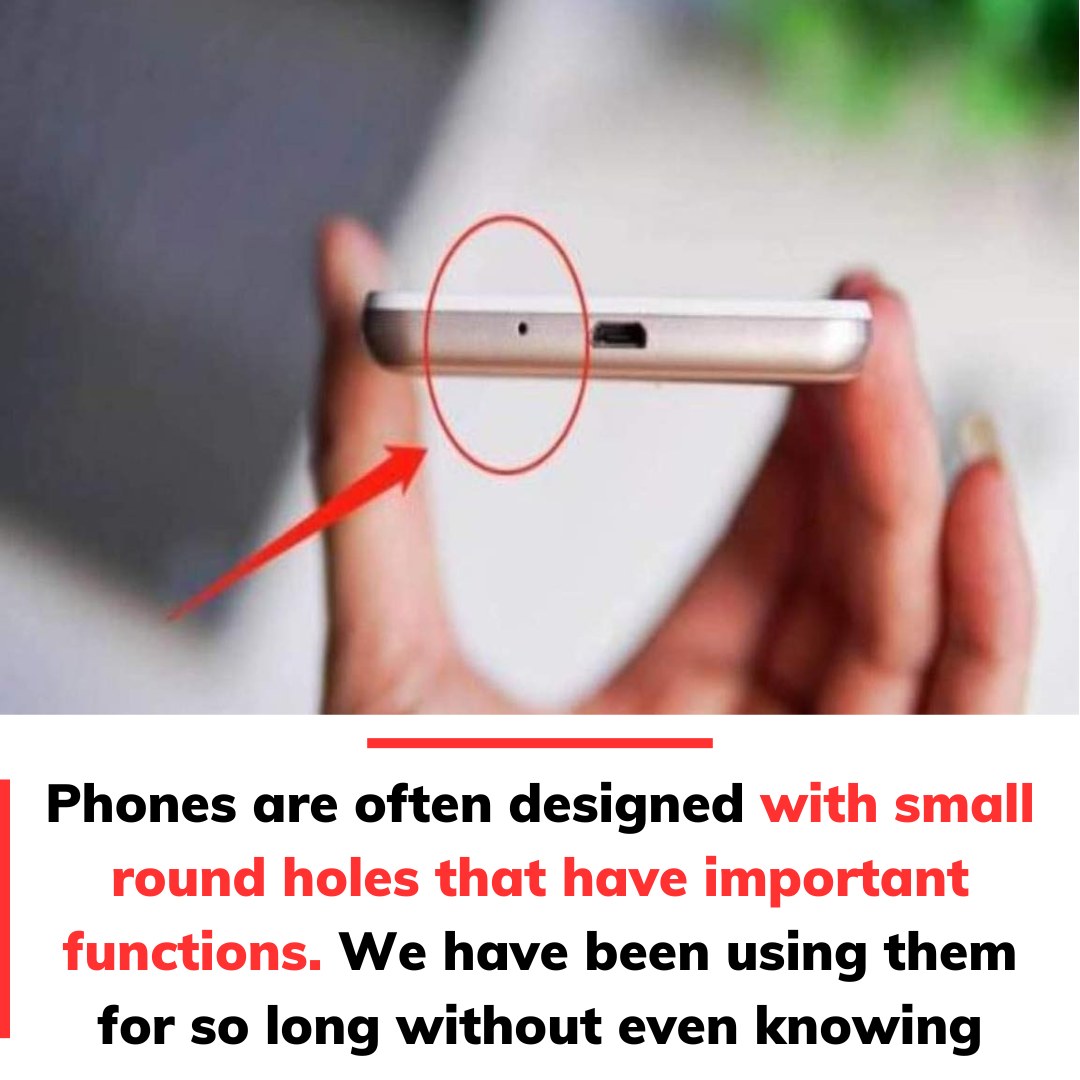Have you ever noticed the small round hole on the top or back of your smartphone and wondered what it’s for? It’s not just a design detail—it’s actually a secondary microphone, and it plays a crucial role in noise cancellation during phone calls.
While it may seem insignificant, this little hole is responsible for ensuring that your voice sounds clear and crisp, even in noisy environments. Without it, your conversations would be filled with background noise, making it hard for the person on the other end to hear you properly.
Let’s dive into why this tiny microphone is so important and how it works to make your calls sound better.

How Does the Secondary Microphone Work?
Modern smartphones are typically equipped with two microphones: one at the bottom of the phone (primary microphone) and another small one, usually found at the top or near the camera (secondary microphone).
- Primary Microphone: Located at the bottom, it captures your voice when you speak directly into it.
- Secondary Microphone: This tiny microphone picks up surrounding environmental noise, such as traffic sounds, wind, or chatter in a crowded room.
The two microphones work together using dual-microphone noise cancellation technology. The primary mic focuses on your voice, while the secondary mic picks up ambient noise and filters it out. The result? Your voice comes through loud and clear, and background noise fades away.
Why Is Noise Cancellation Important?
In today’s world, phone calls often happen in less-than-ideal environments—whether you’re walking down a busy street, in a noisy café, or near construction work. Without noise cancellation, these background sounds would overwhelm your voice and make communication difficult.
The secondary microphone reduces unwanted noise, allowing the person on the other end of the call to focus on what you’re saying. It’s an essential feature for:
- Improved Call Clarity: Your voice remains sharp and easy to understand.
- Reduced Background Noise: Distractions from your surroundings are minimized.
- Better Hands-Free Calls: Whether you’re using speakerphone or a headset, your voice stays consistent.
Placement Matters: Top and Bottom Microphones
The strategic placement of the two microphones plays a vital role in their effectiveness:
- Bottom Microphone: Positioned close to your mouth, it captures your voice with precision.
- Top Microphone: Located away from your mouth, it detects and measures environmental noise.
By analyzing the difference between the two audio inputs, your phone’s software can isolate your voice from background noise and amplify it.
Without the secondary microphone, calls would be significantly less clear, especially in busy or outdoor environments.
Not Just for Calls: Other Uses of the Secondary Microphone
While its primary purpose is noise cancellation during calls, the secondary microphone also enhances:
- Voice Commands: Whether you’re talking to Siri, Google Assistant, or Alexa, noise cancellation ensures they hear your commands accurately.
- Video Recording: When filming videos, the microphone helps filter out unwanted background sounds for cleaner audio.
- Audio Recordings: Whether recording a memo or a podcast, the microphone improves overall sound quality.
The Technology Behind Noise Cancellation
Modern smartphones use advanced algorithms to process the sound captured by both microphones. These algorithms compare the signals from each mic and digitally remove the unnecessary background noise.
This dual-microphone system ensures that:
- Loud noises, like honking horns or machinery, don’t overpower your voice.
- Subtle background hums, like wind or air conditioning, are significantly reduced.
- Your voice remains clear and prominent, even in chaotic surroundings.
The Unsung Hero of Clear Communication
The small hole on your phone might seem like a minor detail, but it plays a major role in modern communication. Thanks to the secondary noise-canceling microphone, your voice cuts through environmental chaos and reaches the listener with clarity and precision.
So, the next time you spot that tiny round hole, you’ll know it’s not just a design quirk—it’s a silent hero ensuring every call, command, and recording sounds professional and polished.
Whether you’re chatting with a loved one, recording a quick video, or giving voice commands to your virtual assistant, this tiny microphone works tirelessly behind the scenes to keep you heard loud and clear.
If you’ve ever wondered about this little feature on your phone, now you know—it’s small, but it’s mighty. Share this insight with friends and let them in on the secret behind their crystal-clear calls! 📱🎙️





